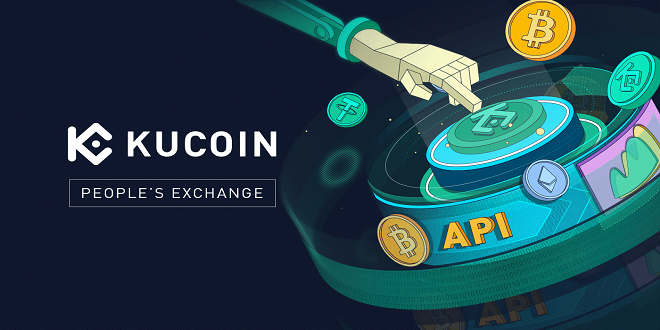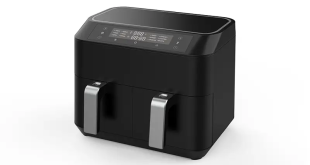Bitcoin is designed for peer-to-peer value exchange in the digital environment, much like currency. This means you can trade bitcoin for whatever you want without going through an intermediary like a bank or a payment app. For example, if someone paints your house, you might arrange to send the person an agreed-upon quantity of bitcoin as payment. This is essentially the same as handing over cash for the house-painting service.
What is the best way to transmit and receive bitcoin?
Of course, because most people don’t utilise bitcoin as a means of exchange in their daily lives (at least not yet! ), finding peer-to-peer vendors and buyers is more complex than crypto trading in local money. The term ‘liquidity’ comes to mind at this point.
What exactly is liquidity?
The ease with which you can move in and out of an asset is referred to as liquidity, and it is mainly determined by the number of buyers and sellers (market participants) for that asset. Because cash is virtually universally accepted, it is usually considered the most liquid asset. Simply put, it’s simple to trade some money for almost anything you want. On the other hand, an automobile is a less liquid asset than cash because it takes time to locate a buyer. A high-end collector’s car, on the other hand, would be an even less liquid asset due to the narrower pool of prospective buyers.
What is a bitcoin exchange, exactly?
Any service that connects bitcoin buyers and sellers is known as a bitcoin exchange. Bitcoin is a liquid asset for large-scale traders, thanks to deals.
When they think of bitcoin exchanges
, most people think of centralised ‘custodial’ systems like Coinbase, Kraken, and Binance. These services make it easier to buy and sell bitcoin and other cryptocurrencies. Cryptocurrency exchanges connect buyers and sellers in the same way that stock trading platforms like Robinhood and Charles Schwab do.
What are the advantages and disadvantages of centralised bitcoin exchanges?
The typical flow from the user’s perspective is as follows:
Sign up for the exchange and bring your identification documents with you.
Fund your new account using bitcoin, another cryptocurrency, or local currency if the business allows it.
Set a ‘purchase order’ to make a deal.
Buy and sell orders are combined into an ‘order book,’ which the exchange maintains to match buyers and sellers quickly and automatically. You can place both market buy’ and ‘limit buys’ orders on most exchanges.
Why is it necessary for me to authenticate my identity to utilise a centralised bitcoin exchange?
Taking custody of consumers’ bitcoin and other cryptocurrencies, as required by centralised exchanges, has legal ramifications. Such businesses are governed by the rules governing money transmitters in the jurisdiction in which they are lawfully registered.
As a result, most centralised cryptocurrency exchanges demand you to go through a registration process and authenticate your identity before using the platform. Regulators impose this requirement on businesses to prevent money laundering, terrorist financing, and tax evasion. Customers’ information (including trading history) is usually required to be reported by exchanges upon request by regulators.
Conclusion
KuCoin has announced a partnership with Capital to provide PIX&TED payment services for BRL deposits and withdrawals in Brazil, as well as the integration of Advcash to offer a new means for depositing and withdrawing assets into user wallets. Users in Eastern Europe and Latin America will benefit from the addition.
 BESTCITYTRIPS
BESTCITYTRIPS




